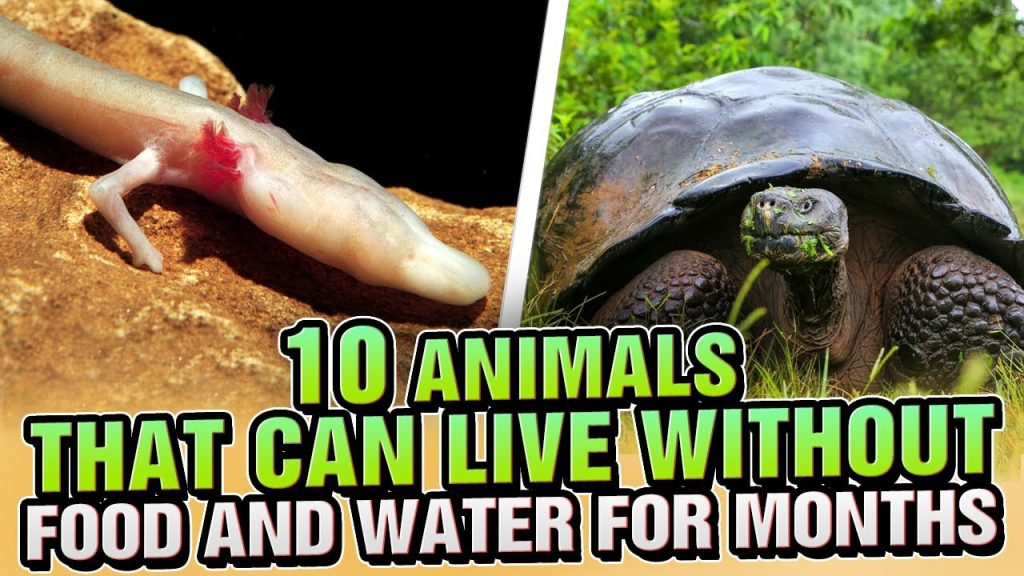
In the vast tapestry of the animal kingdom, some remarkable creatures have evolved to endure prolonged periods without sustenance. From the arid desert to icy realms, these resilient beings showcase nature’s astounding adaptability. Join us on a journey to explore the intriguing tales of survival exhibited by animals that can thrive for months without food.
Camel: The Desert Navigator
One of the most iconic symbols of endurance in harsh environments, the camel stands tall in arid landscapes. Adapted to storing fat in their humps, camels can go for months without consuming food, relying on internal reservoirs to sustain themselves during challenging times.
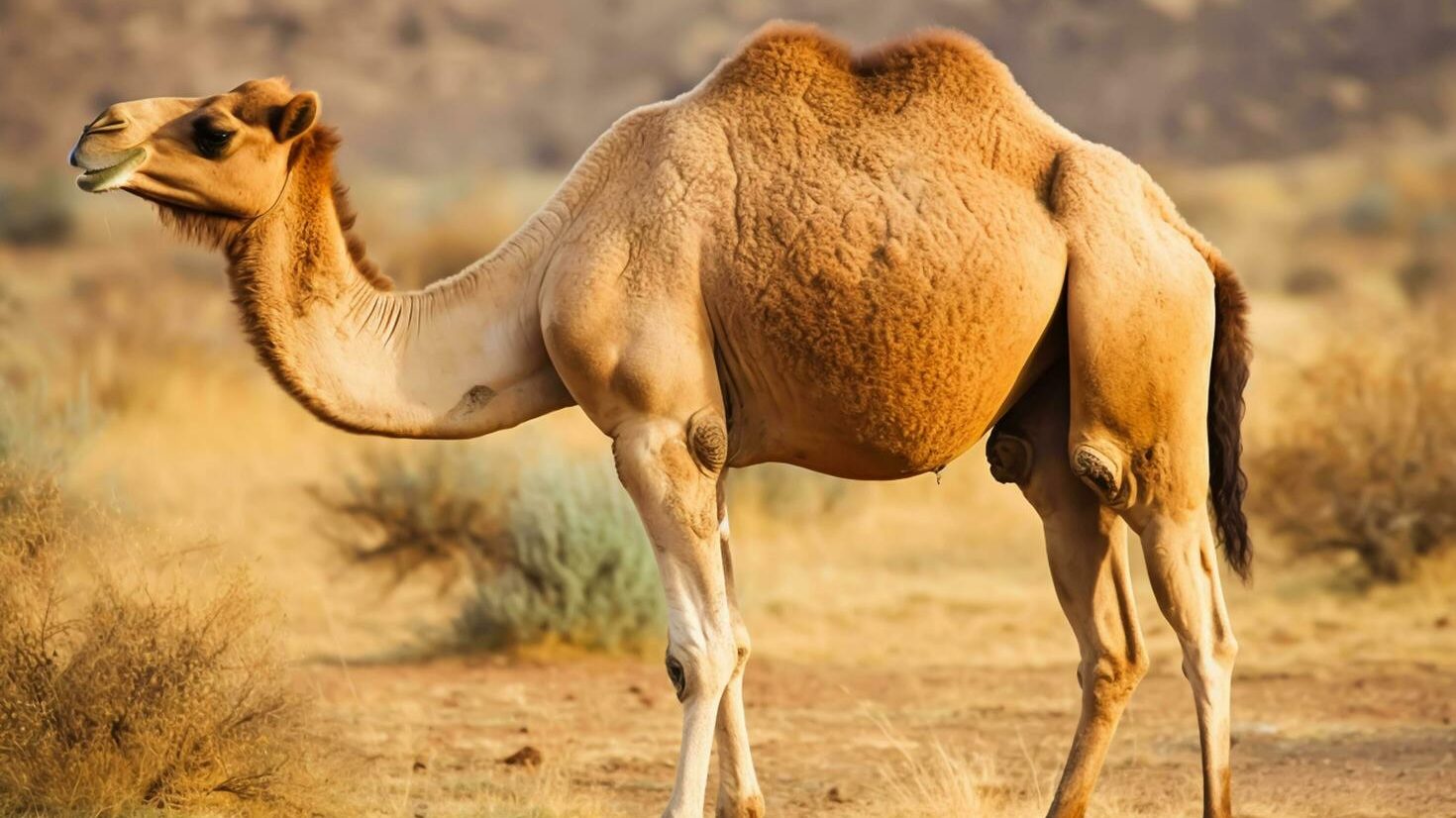
Snake: Masters of Conservation
Snakes are renowned for their ability to survive extended periods without a meal. With a slow metabolism and the ability to eat infrequently, some snake species can endure months between meals. Their efficiency in conserving energy allows them to thrive even in environments where prey is scarce.
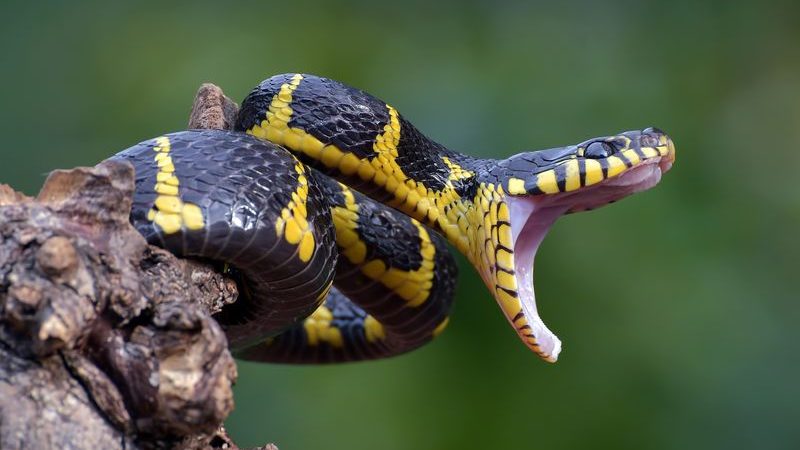
Crocodile: Patient Predators
In the watery realms, crocodiles exhibit a fascinating ability to survive without food for extended periods. These apex predators have a slow metabolism, allowing them to patiently wait for the opportune moment to strike. Their capacity to endure hunger makes them formidable inhabitants of aquatic ecosystems.
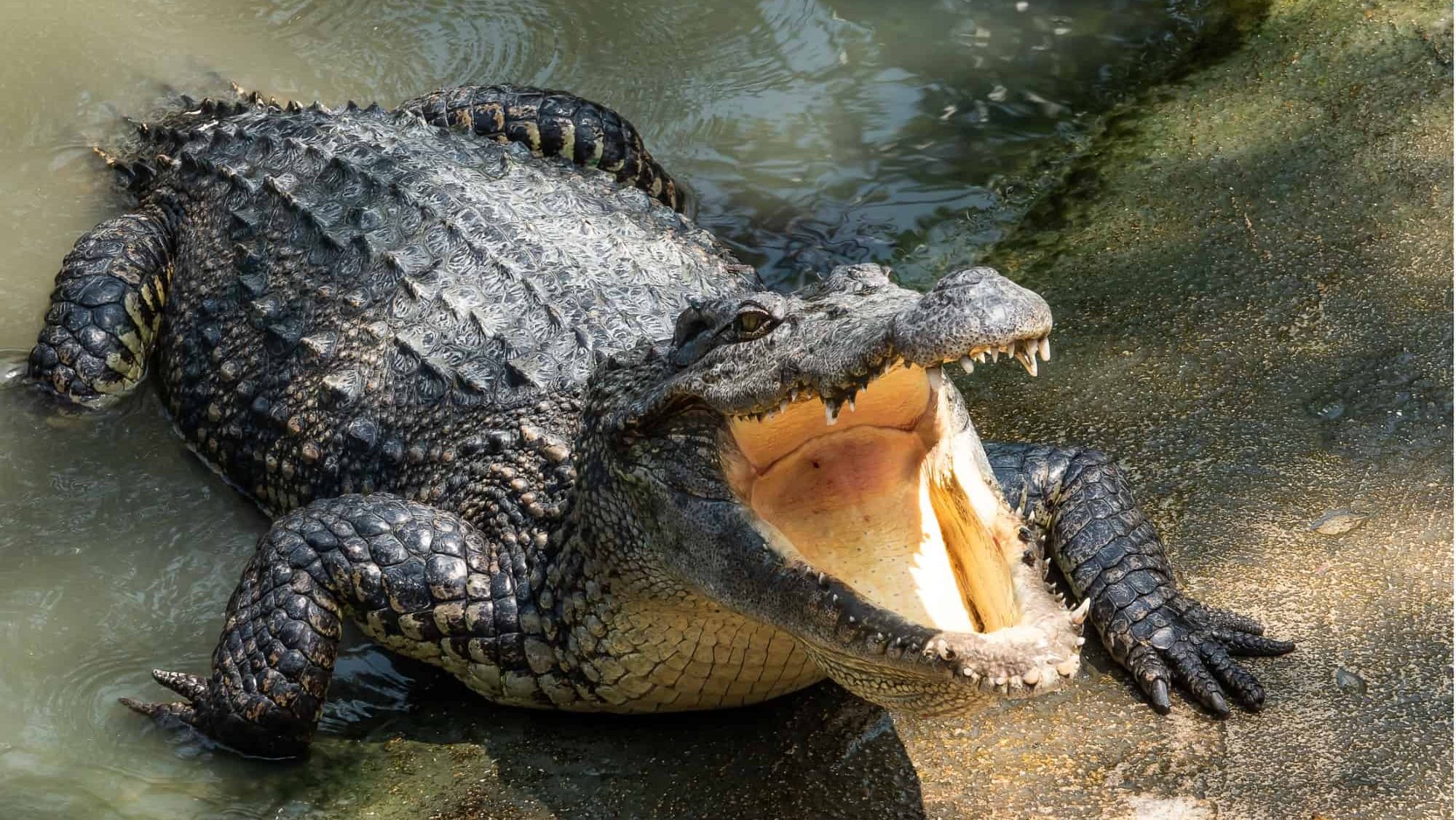
Tardigrade: Microscopic Marvels
At the other end of the size spectrum, tardigrades, or water bears, showcase incredible resilience. These microscopic creatures can enter a state of cryptobiosis, essentially shutting down their metabolic processes, enabling them to withstand extreme conditions, including prolonged periods without water or food.
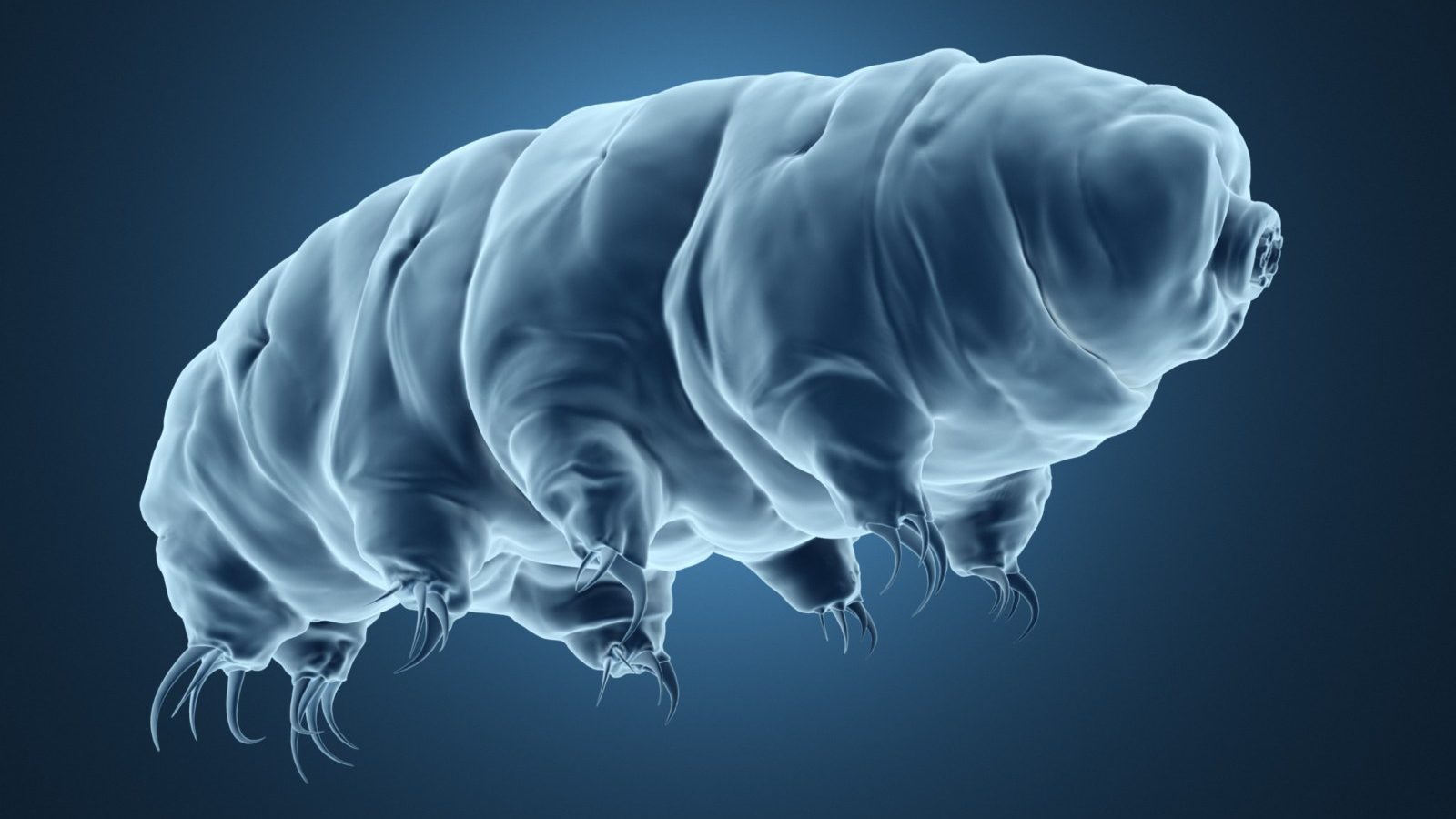
Desert Tortoise: Slow and Steady Survivors
The desert tortoise, native to arid regions, has evolved to thrive in environments with scarce resources. These resilient reptiles can survive months without water or food by relying on their ability to store water in their bladders and efficiently utilize internal resources.
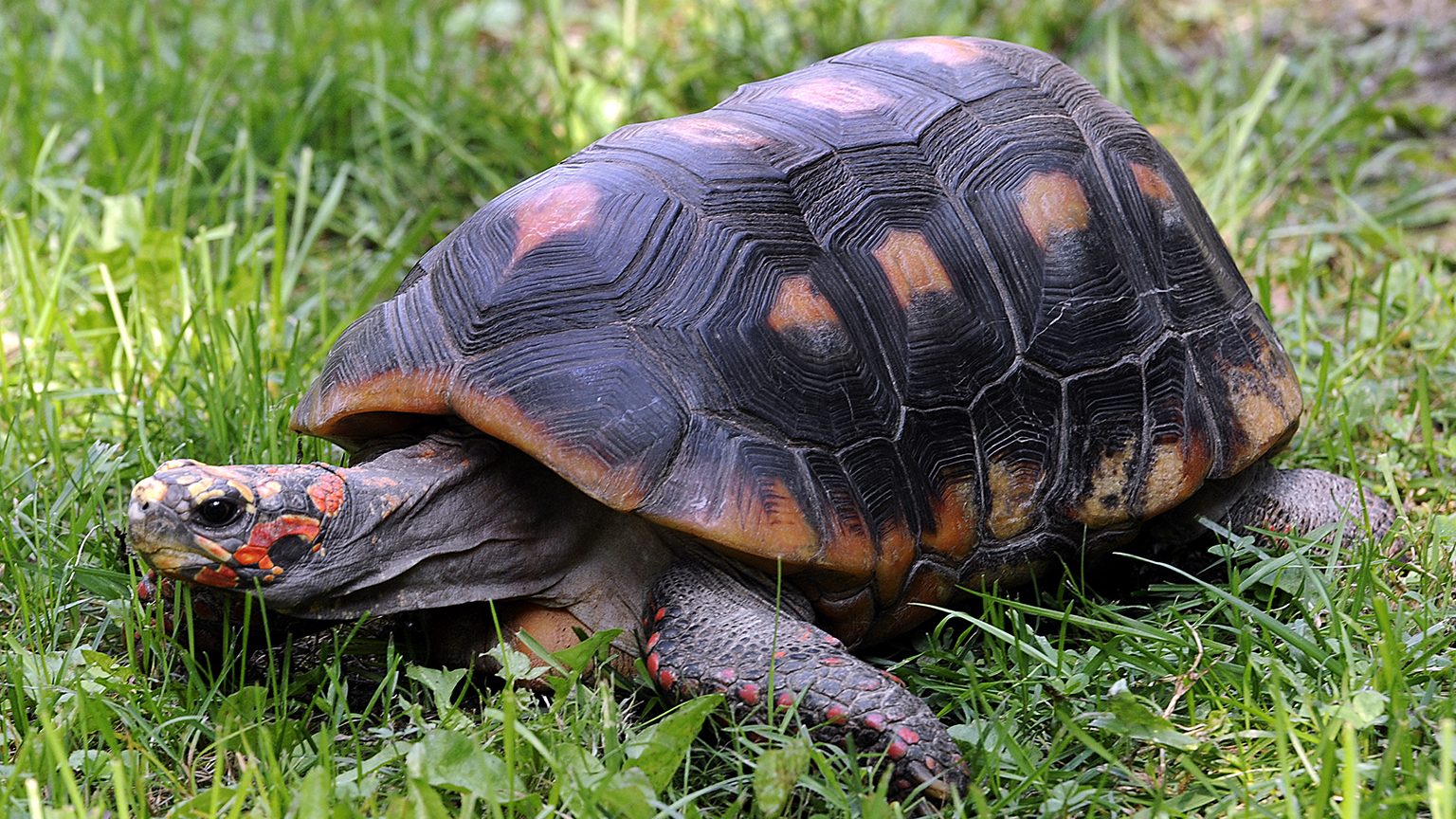
Hibernating Bear: Nature’s Winter Dormancy
Bears, known for their winter hibernation, can survive for months without food by slowing down their metabolic rate. During this period of dormancy, bears rely on stored fat reserves to sustain them until the awakening of spring brings new opportunities for nourishment.
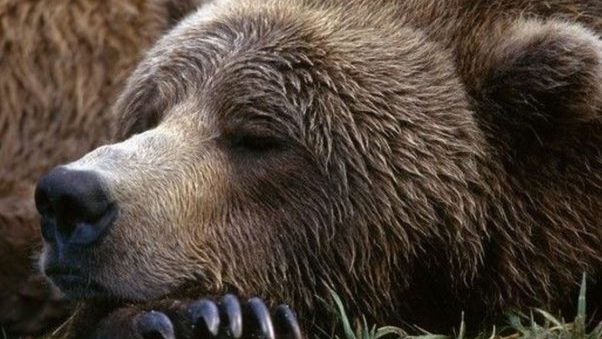
Wood Frog: Nature’s Deep Freeze Survivors
Wood frogs have an extraordinary ability to endure freezing temperatures. During winter, they enter a state of suspended animation, with their hearts stopping and most bodily functions ceasing. This survival strategy allows them to withstand months without food until warmer conditions return.
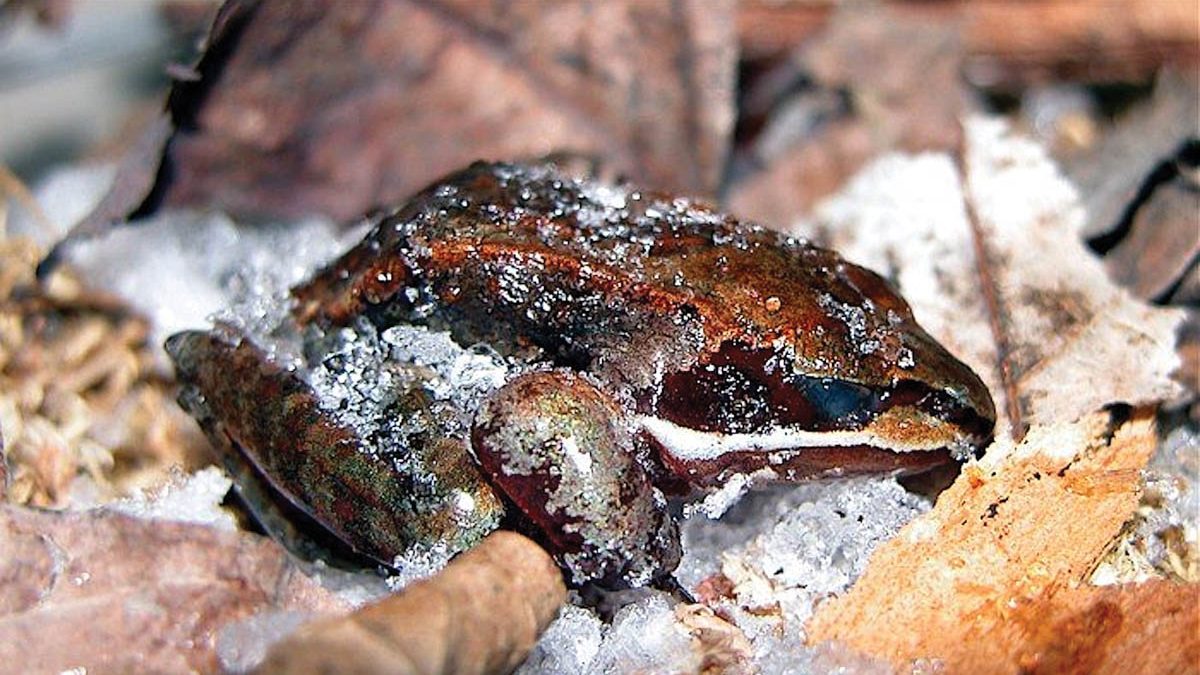
Honey Bee: Nectar to the Rescue
Honey bees, the diligent pollinators, showcase an intriguing approach to survival. By storing honey in their hives, bees create a sustainable food source. During periods of scarcity, the hive relies on stored honey to feed the colony, allowing these industrious insects to endure lean times.
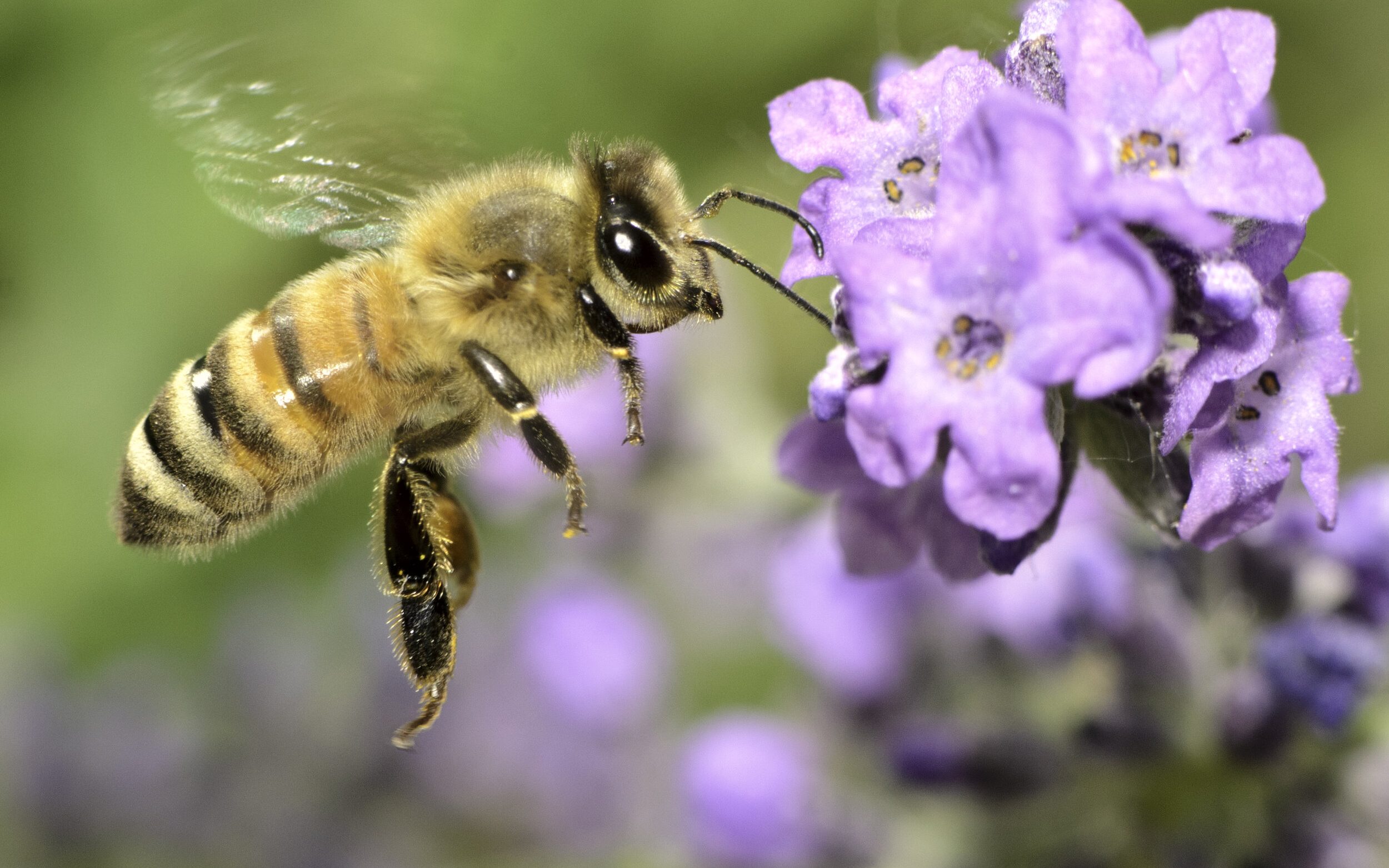
Dromedary Jumping Ants: Energy-Efficient Foragers
Dromedary jumping ants, native to the Sahara Desert, have adapted to a harsh environment with limited resources. These ants can survive for months by efficiently foraging and storing energy, showcasing a remarkable ability to navigate the challenging conditions of their habitat.
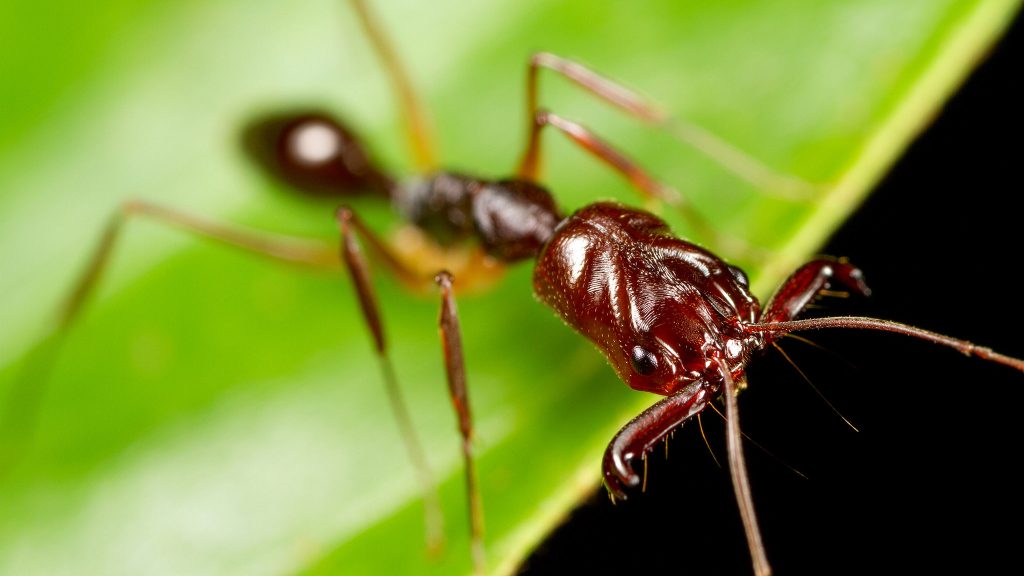
Nature’s repertoire of survival strategies is awe-inspiring, as these animals demonstrate the art of enduring hunger for months on end. From the deserts to frozen landscapes, the animal kingdom continues to unveil its secrets of adaptation and resilience.





GIPHY App Key not set. Please check settings